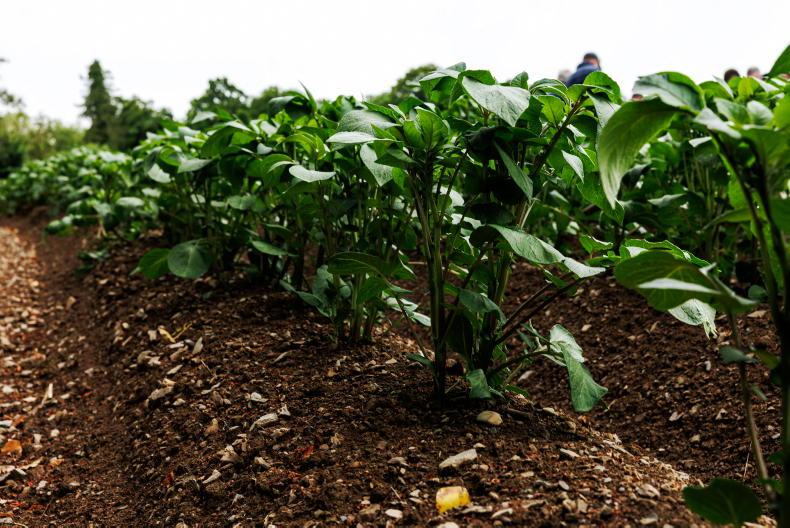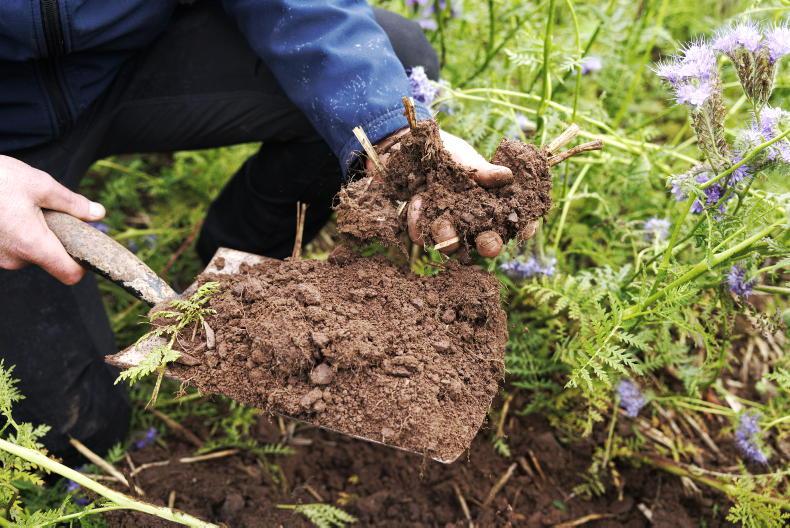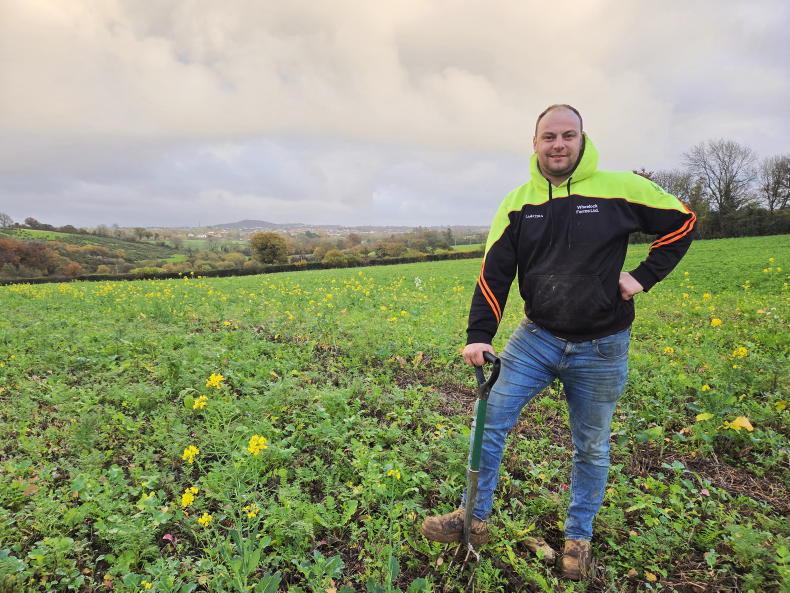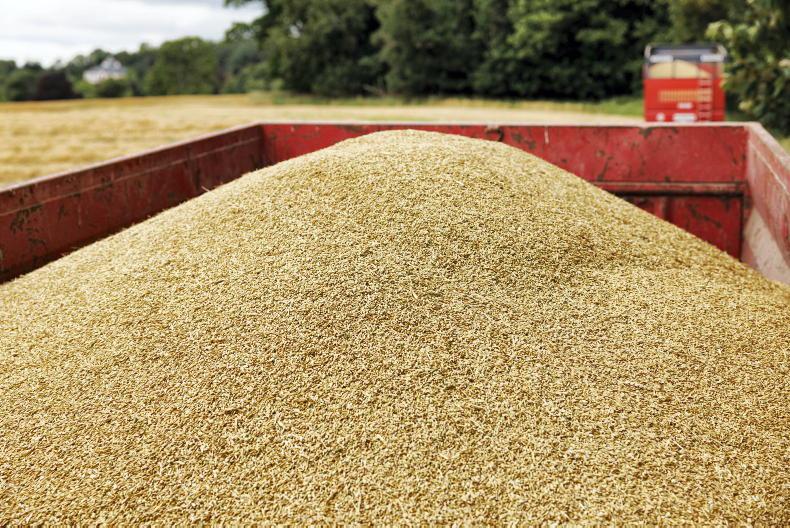Many wheat crops are now at or coming near flag leaf stage. This means that the main fungicide is now due on these crops.
Others are a few days away from flag leaf or longer. The flag leaf is the final leaf to emerge.
Some may have already received their T2 fungicide in earlier-sown crops or in the south of the country. Septoria is the main disease of concern.
Management of winter wheat crops has not been easy this year. Many crops were planted into less than ideal conditions or received large amounts of rain soon after planting.
There are good reports from many of the later-sown crops, planted in November and later. They went into better conditions and this has stood to them.
Late T1
Some crops may have received their T1 later than the ideal timing of leaf three.
Growth in crops is fast at the minute, so timing between that late T1 fungicide and flag leaf emergence is likely to be short. However, growers should still apply the T2 fungicide when the flag leaf emerges.
Teagasc research shows that the application of the T2 fungicide seven days either side of the flag leaf being fully emerged can have a significant impact in high disease pressure situations.
It is of course very hard to get the timing exactly right, as weather will dictate when we can spray.
All T2 fungicides should include Folpet at 1.5l/ha. This will help to control disease, but also work to protect other chemistry and prevent resistance build-up in crops.
The rest of the mix should include an azole and an SDHI or a QiI-based product at 80% to 100% rates. There are many different options.
The important thing to remember is to use different chemistry at T1 and T2. So, if you used Inatreq at T1, you could use Revystar at T2, but you should not use the same product twice.
Revystar, Acquino, Peacoq, Questar, Ascra, Macfare and Elatus Era are just some of the other options available.
You can check out how crops are looking across the country in the results of our survey with agronomists published this week.
Click here to read the Accompany the Agronomist: spring crops flying up, with some left to plant survey.









SHARING OPTIONS